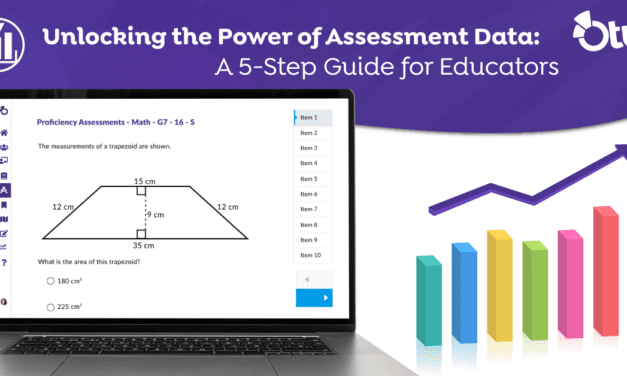Technology and the buzz terms surrounding this topic are flooding education. The teachers and students who are supposed to be helped with each advancement are instead often left overwhelmed. Technology should help teaching at a practical level. Otherwise, technology is being implemented only for technology’s sake.
When I was a new teacher, I often sought to find the best and the coolest new apps or websites for my students to use in class. These were not done with the purpose of improving learning, but instead trying to keep them ‘engaged.’ At one point, my students were jumping between dozens of these sites and tools during a single unit. During conferences with students, they expressed confusion and frustration over staying organized and on task due to the multiple different apps we were using in class.
I realized I had forgotten the purpose of technology – to help assess and drive learning. Revisiting how I structured my class, I discovered that students become more engaged when they are invested in learning and have a clear purpose – not necessarily when they have the latest app. I continue to provide numerous technology options for students. Some students enjoy the freedom of deciding how to accomplish each learning opportunity, but other students want more guidance and structure.
Now I use technology to provide a seamless system for my students to engage in learning content and our classroom assessments. The technology does not drive my classroom, but instead helps facilitate the learning. Students are able to access the content, engage in curriculum, write posts, access their notes and email, complete assessments, and view their progress without confusion or wasted effort. This technology framework is often unseen to students because their focus is on the learning and not the technology.
When an administrator visited my classroom and asked my students how technology is used in class, a student responded, “I do not know… to do school.” The student continued not to name the technology, but instead to describe what he did: keep a calendar of upcoming assignments, write reflections and share learning, submit assessments, and much more.
My students are currently working on a project to create a children’s book which will tell the story of the Declaration of Independence as if they were teaching the concept to a third grader. My students are able to choose which characters and in which environment this story will take place. Students work to translate the Declaration of Independence practicing close reading and annotations. Students then collaborate to cross check their understanding, and then finally translate the document into words a third grader will understand. Once prepared with the language and the outlined ‘story,’ students can explore and create their ‘book’ utilizing any technology they would like.
I use the term ‘book’ loosely, as students can create stop-motion videos, trailers for a movie adaptation, e-books, or even slide presentations – plus much more. Any idea students brainstorm can be presented and pursued. An interesting request every year is that some students would love to create a book using colored pencils and paper. Even the colored-pencils-and-paper students have an opportunity to use technology. Students take a photograph of their final work and post a reflection and project summary to their classroom blog.
Maintaining the best practices of teaching, such as differentiated and personalized learning, requires one-on-one and face-to-face relationships. When technology is used to further enrich this approach by providing the structure and ability to capture student performance, assessments can be more varied, constant, and authentic. Integrating technology into your classroom instruction in a seamless and almost invisible way helps to keep the focus on learning, not on the technology itself. The student-teacher relationship is a powerful driving force that technology can help enhance and improve.
This post originally appeared on AssessmentLiteracy.org, which provides resources to foster a comprehensive understanding of assessment and its role in learning. Chris Hull is a featured Teacher Voice on the Assessment Literacy blog. You can also find Assessment Literacy on Facebook or Twitter (@Assess2Learn).





